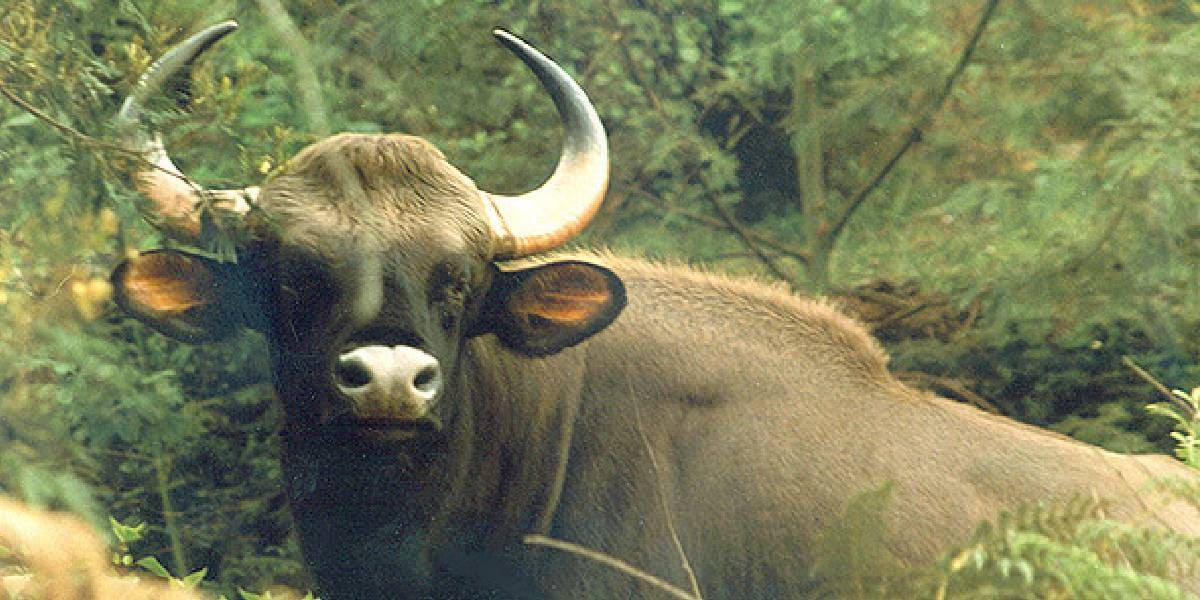The Forest Department is under pressure to take swift action as reports of encounters between wildlife and local communities are on the rise.

An Indian gaur. — bison. (Representational pic/Kerala Tourism)
Of late, the rising tensions between humans and wildlife have put the Kerala government under severe pressure.
In the eye of the storm is the Forest Department, as it feels the heat for its alleged lackadaisical attitude in handling the crisis.
Against this backdrop, the state government has taken decisive steps to hold the Forest Department accountable and implement proactive measures to mitigate encounters between wildlife and local communities effectively.
On Wednesday, 6 March, the state declared human-animal conflict as a “State Specific Disaster“. Going by these measures, the Forest Department will now have to tackle human-animal conflicts head-on.
The state government, in a directive issued on Thursday night, made the Chief Wildlife Warden the nodal officer for dealing with human-animal conflicts.
The Forest Department will have to set up a control room at its headquarters for coordinating countermeasures with other departments during such incidents. The control room’s operation will be supervised by the Chief Wildlife Warden.
The department was also directed to employ modern information systems so that people living in conflict-prone areas could be alerted in advance or at least on time.
Related to disbursing compensation to those who fall victim to wildlife attacks, the state government directed the head of the Forest Force to speed up the procedures and release the declared amount as soon as possible. The status will be assessed at the level of the Additional Chief Secretary (Forests).
For speedy disbursal of the compensation, the state government exempted it from restrictions on treasury payments, which were imposed due to an acute fiscal crisis.
Additionally, the state government has decided to pump ₹110 crore to reduce the human-animal conflict in the state. The funds will be provided by the Kerala Infrastructure Investment Fund Board (KIIFB). Earlier, the KIIFB had sanctioned ₹100 crore for the purpose.
The state government has also issued the following instructions:
To ensure the safety of both wildlife and local communities, the state government also announced the constitution of four committees — a state-level committee, a state officer-level committee, a district-level committee, and a local-level vigilance committee.
The state-level committee will be headed by the chief minister and will have ministers handling forest, revenue, local bodies, and SC/ST portfolios as its members. The Chief Secretary will act as its Convener. This committee is entrusted to issue instructions to lessen the human-animal conflict at the state level.
The state officer-level committee, headed by the Chief Secretary, will issue orders and guidelines for implementing the instructions of the state-level committee.
In the case of the district-level committee, headed by respective ministers in charge of each district, it will monitor the implementation of the instructions for lessening the human-animal conflict.
Whereas, the local-level vigilant committee, chaired by the heads of respective local bodies, will chalk out steps to prevent conflicts as per the direction of the district-level control committee and will implement it.
According to the Forest Department, wildlife population growth, habitat loss and fragmentation, climate change, and the resultant environmental impact, along with cropping pattern changes are reported as the major causes of the rising human-wildlife conflict.
In 2022-23, 8,873 incidents were reported in the state including, 98 human casualties. An amount of ₹10.49 crore was disbursed as compensation for human death and injury, cattle loss, and crop damages.

May 07, 2024

May 07, 2024

May 07, 2024

May 07, 2024

May 07, 2024

May 07, 2024